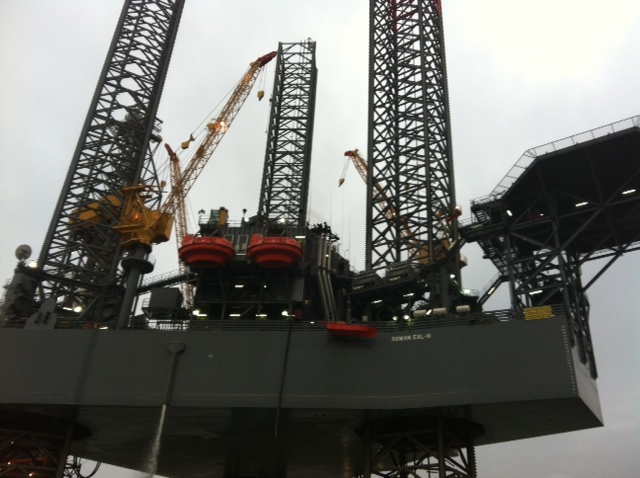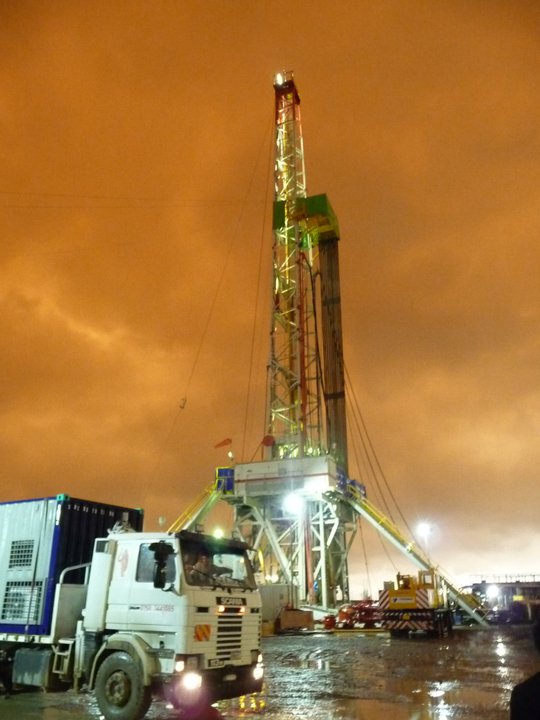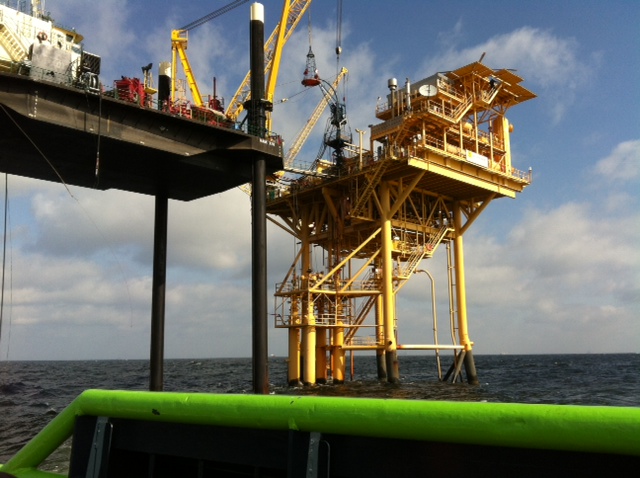
The most common failure in dumping cement is mixing the slurry incorrectly and having solids fall out of the suspension during bailer descent. This could lead to a mis-run, or worse yet, having cement strung uphole, as the bailer rattles out of the well.
Global Intervention Services understands the importance of using the very best downhole cement in the oilfield industry. We use cement mixing procedures that will produce a prolonged slurry suspension, allowing the cement to dump properly, yielding a quality casing plug.
GIS Service personnel use high powered mixers that mix gel retardents, friction reducers, defoamers, and any other additives, providing a lump-free cement blend that will flow smoothly out of the bailers. The slurry is weighed with a mud scale to make sure the correct weight is achieved, making it less susceptible to contamination from wellbore fluids. The cement is then top filled or bottom filled into the bailers, and run into the hole.
GIS Service Personnel's main objective is to yield slurries that seal and stay in place for the lifetime of the well.
 Bailer Systems
Bailer Systems
Positive Displacement Bailer (PDB) Systems
Global Intervention Services provides the safest and most dependable PDB services in Domestic US and International operations. Unless under specific contract, Global IS does not sell PDB systems to US e-line companies for use in domestic operations.
Positive Displacement Bailer
The PDB Systems utilize a swab piston to completely displace the contents of the bailer string into the wellbore. This assures 100% placement at the desired service depths and eliminates the possibility of "stringing" cement uphole and/or into the tubing.
PDB Systems have been used successfully in wells with heavy muds (18 PPG), H2S, CO2, high temperatures (460°F), and high deviations (up to 75 degrees).
GIS can make their systems compatible with all e-line and slickline connections and can be used in conjunction with tractor systems and roller boogies.
GIS Specializes is PD Bailer sizes:
1-3/8", 1-11/16", 2", 2-1/8", 2.5", 3", 4" & 5"
 Thru-Tubing Plug-Back Operations
Thru-Tubing Plug-Back OperationsThe three most common project goals are:
Worldwide, over 4,000 thru-tubing plug-back projects are performed each year. Nearly 90% of these operations are conducted on electric-line (EL). The remainder is done on slick-line (WL), coiled tubing (CT) and threaded pipe.
The estimated success rate of EL & WL thru-tubing plug-back projects is greater than 98% for vented TTBPs and greater than 90% for positive sealing TTBPs. The estimated success rate for CT run positive sealing TTBPs is 70-90%. Generally, vented TTBPs are not run on CT.
Thru-tubing plug-back operations are typically categorized as remedial wellhead operations.
Generally, thru-tubing plug-back operations are done with a TTBP, a special cement system and conventional EL, WL and CT equipment. Special cement systems are used in thru-tubing plug-back operations. Conventional EL, WL and CT equipment is used to run and set TTBPs. The TTBP, alone, is rarely considered a long term or permanent isolation mechanism. The TTBP serves as a platform for cement that is placed atop the TTBP. The cement plug provides a well anchored long term hydraulic seal, which is used to obtain a long-term high differential pressure plug.
The cost of a thru-tubing plug-back project is a small fraction of the cost of a "rig job" on the same well. This is especially true for offshore wells. The combination of low cost and high success rate makes thru-tubing plug-back operations the best value method to plug-back wells.

